From A Topographical Dictionary of Ireland, by Samuel Lewis (1837)
BALLYSHANNON, a sea-port, market, and posttown (formerly a parliamentary borough), partly in the parish of INNISMACSAINT, but chiefly in that of KILBARRON, barony of TYRHUGH, county of DONEGAL, and province of ULSTER, 35 miles (S. W.) from Lifford, and 102 miles (N. W.) from Dublin; containing 3775
inhabitants, of which number, 1390 are in the Purt. In remote ages this town was called Athseanaigh, and the chieftains of Tyrconnell had a castle, here in which Hugh O’Donnell, prince of Tyrconnell, received his son, Hugh Roe, after his escape from the castle of Dublin, in 1592. In 1597 the neighbourhood was the scene of the most important military operations of that period. An English force, consisting of 22 regiments of infantry and 10 of cavalry, under the command of Sir Conyers Clifford, crossed the Erne by a ford, although vigorously opposed by O’Donnell’s troops, and succeeded in establishing their head-quarters at the monastery of Asharouagh. Here they received heavy ordnance from Galway by sea, and laid close siege to the castle of Ballyshannon, but met with an unexpectedly strong resistance, and many of their best officers and men were killed or wounded. After continuing the siege for five days, the English were compelled to make a precipitate retreat, closely pursued by O’Donnell and his allies, and being unable to cross the Erne at the ford by which they advanced, they tried another that was seldom attempted, where many were killed or drowned, and thus one of the first expeditions into this long independent territory terminated very disastrously. On the grant by Jas. I. of the earldom and territory of Tyrconnell to Rory O’Donnell, in 1603, he reserved the castle of Ballyshannon and 1000 circumjacent acres. The castle was taken in 1652 by the Earl of Clanricarde.
This town is situated at the head of the harbour of the same name, at the mouth of the river Erne, which is here crossed by a bridge of fourteen arches, and divides the town into two parts; that on the south side, in the parish of Innismacsaint, being called the Purt of Ballyshannon. It comprises three streets and the suburb of the Purt, and in 1831 contained 689 houses, of which 287 were in the parish of Innismacsaint. Here is an artillery barrack for about 40 men, with stabling for 40 horses. A distillery is carried on, manufacturing above 100,000 gallons of whiskey annually, and which increased its trade one-third in 1835; and there is a large brewery. The imports are timber, coal, slate, rock salt, bark, iron, earthenware, and grocery; and the exports are grain, and fresh, salted and pickled salmon. There is a fine salmon fishery in the river Erne, which produces from 60 to 80 tons annually. Here is a small custom-house. The town is favourably situated for commerce and manufacturers, having a large population, and a fertile country around it: it is within four miles of Lough Erne, which embraces an inland navigation of more than fifty miles through the richest part of Ireland, and for purposes of manufacture the river Erne, in a course of four miles, affords numerous sites for mills, having a succession of falls amounting to 140 feet. The surrounding country contains much mineral wealth; a rich mine of zinc has been lately discovered at the Abbey, a lead mine near Bandoran, and rich specimens of copper in the vicinity. The harbour, the entrance to which was formerly obstructed by a bar, has been rendered accessible to vessels of 250 tons’ burden. This great improvement, which will probably render the place a respectable port, was made at the sole expense of Col. Conolly, who has formally resigned any claim on the loan of £5000 sanctioned by the Commissioners of Public Works in furtherance of the undertaking, and in an exemplary manner has promoted to a great extent the making of roads and other improvements throughout the entire district.
The navigation of the river is stopped abruptly by a grand cascade called the Fall, where the whole body of water descending from Lough Erne, in a stream about 150 yards wide, falls about 16 feet with a tremendous roar down a steep cliff into a basin forming the head of the harbour. This cascade is seen to most advantage in winter, when the river is swollen by rains, and at the recess of the tide the noise of the descending water may be heard many miles off. Plans have been suggested for opening a communication with Lough Erne; among others it has been lately proposed to avoid the falls, not by cutting a canal, but by forming a rail-road to Belleek, which, however, has not been yet carried into effect. The market is held in the. market-house on Tuesday and Saturday, for potatoes, pigs, oats, oatmeal, &c.; and fairs are held on the 2nd of every month, except September, when it is held on the 18th. A branch of the Provincial Bank of Ireland has been established, and a chief constabulary police force stationed
here.
The town was incorporated by a charter of Jas. I., dated March 23rd, 1613; and the corporation was entitled “the Portreeve, Free Burgesses, and Commonalty of the Town of Ballyshannon.” From the time of its incorporation till the Union, when it was disfranchised, it returned two members to the Irish parliament, and the £15,000 compensation was paid to the Earl of Belmore. A court of record was created under the charter, but has fallen into disuse. A seneschal’s court is held once in three weeks under the lord of the manor, having jurisdiction to the amount of 40s.; it was established by charter of Jas. I., dated April 9th, 1622, granting large possessions to Henry Folliott, Baron of Ballyshannon. Petty sessions also are held generally once a fortnight. The gentlemen’s seats in the vicinity are enumerated in the articles on Kilbarron and Innismacsaint, which see. On an eminence called Mullinashee, adjoining the town, stands the parish church of Kilbarron; and there are two R. C. chapels, two places of worship for Methodists, and one for Presbyterians. There are also three public schools, and a dispensary. A small portion of the ruins of the once celebrated castle of the O’Donnells, Earls of Tyrconnell, is in the town; and near to it, on the road to Belleek, are a few vestiges of the ancient church of Sminver.


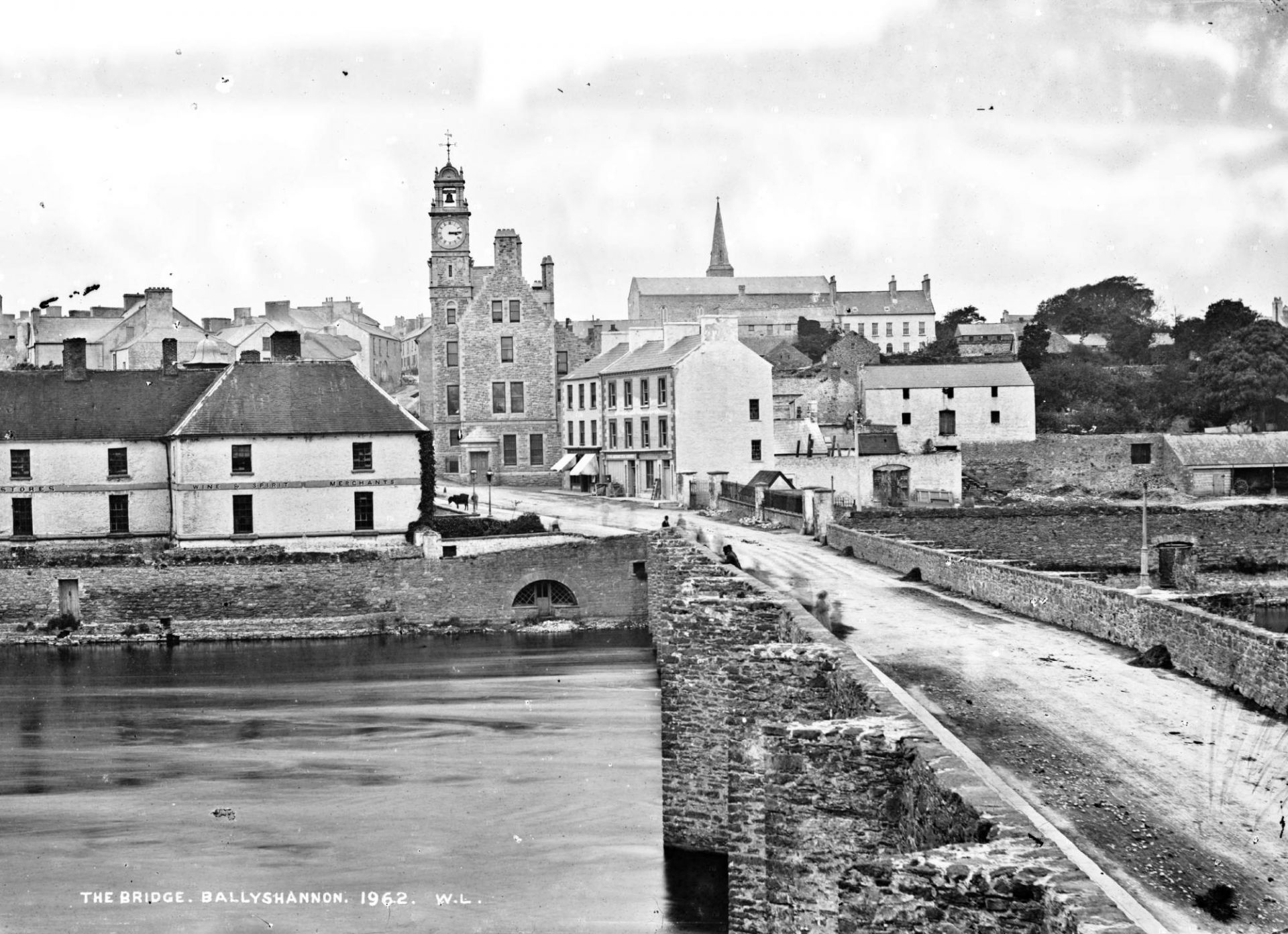
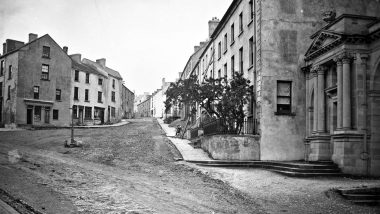
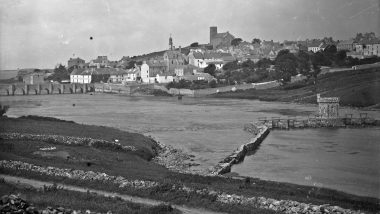
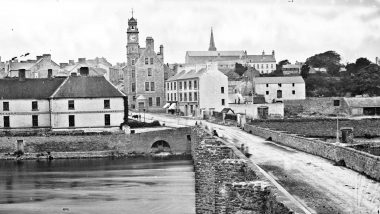
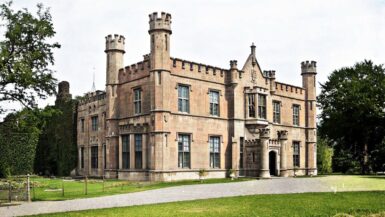
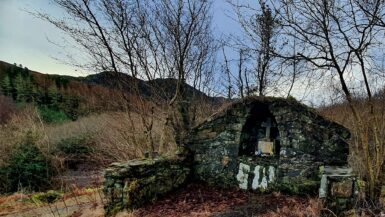
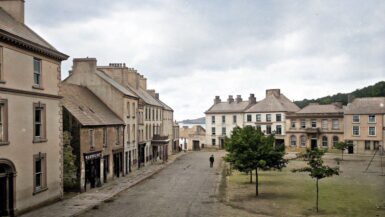
Leave a reply